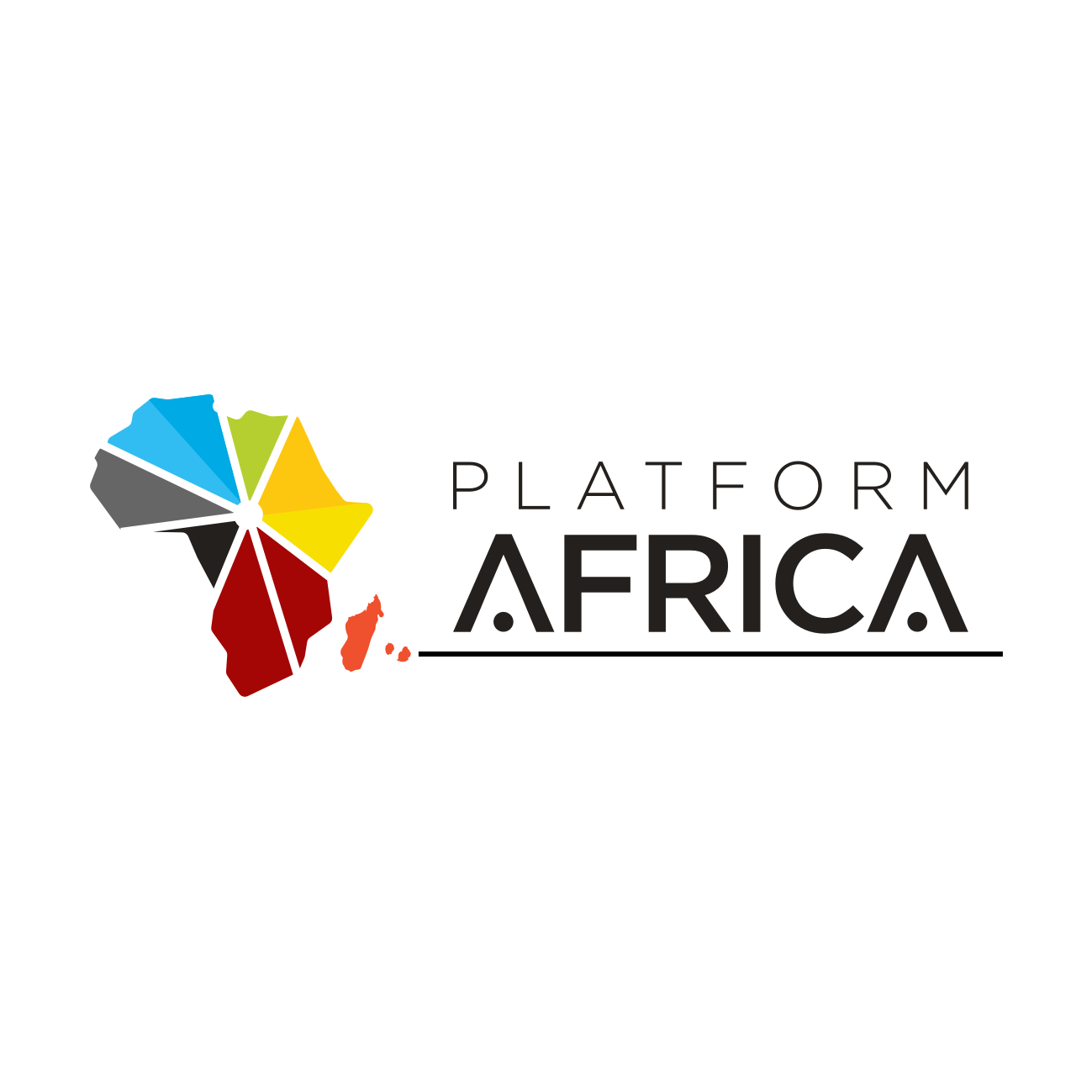By Harsheenee Aujayeb, General Manager, ESG Intellis Solutions Ltd
As sustainability reporting becomes increasingly key for companies seeking to meet stakeholder demands for greater transparency and accountability on ESG issues, materiality is also rising in importance. Materiality is best summed up as a significant concept that helps companies identify the primary sustainability issues to report on and provides stakeholders with more meaningful and relevant information.
Materiality is based on the idea that not all sustainability issues are equally important and that companies should focus their reporting efforts on the issues that are most relevant to their business and stakeholders. There are different types of materiality such as single materiality and double materiality, each with their own benefits and limitations.
At the heart of it, materiality helps businesses to prioritise topics for action plan and strategy, while also engaging in better resource allocation towards meeting ESG demands by stakeholders. In this article, we will explain why materiality is important for your businesses’ sustainability reporting efforts. We will also use this space to discuss the different types of materiality and how they are used in different reporting standards, allowing you to choose what best fits your business requirements.
What is materiality?
Materiality is a key concept in the world of reporting and plays a part both in the preparation of the disclosures and their verification by an auditor. Materiality is used to ‘filter in’ the information that is or should be relevant to users.
Certain information is considered ‘material’ – or relevant – if it could influence the decision-making of stakeholders in respect of the reporting company. Essentially, material topics in the sustainability sphere are those that represent an organisation’s most significant impacts on the economy, environment, and people.
- What does the GRI say?
Double materiality makes for the most commonly known, or at least heard of, concept. At the crux of GRI’s guidance lies the underlying philosophy that financial materiality and impact materiality together under the umbrella of ‘double materiality’ are the only relevant forms of materiality. Both perspectives are needed in a two-pillar structure – for financial and sustainability reporting – with a core set of common disclosures and each pillar on an equal footing.
By way of their Standard titled ‘GRI 3: Material Topics 2021’, the organisation provides guidance on how to determine material topics. The Standard is structured in two sections, of which the first provides step-by-step guidance on how to determine material topics, while the second contains three disclosures, which provide information about the organisation’s process of determining material topics, its list of material topics, and how it manages each topic.

- What do the IFRS Sustainability Standards say?
IFRS S1 sets out general reporting requirements for disclosing sustainability-related financial information. IFRS S2 requires an entity to disclose information about climate-related risks and opportunities and the impact on an entity’s financial position, performance, cash flows, strategy and business model. In the context of the IFRS’ sustainability-related financial disclosures, information is material if omitting, misstating or obscuring that information could reasonably be expected to influence decisions that primary users of general-purpose financial reports make on the basis of those reports. These reports include financial statements and sustainability-related financial disclosures and those which provide information about a specific reporting entity.
The IFRS notes further that a company is required to apply judgement to assess whether information prescribed in the applicable ISSB Standards and sources of guidance is material, by asking the following key questions:
- Is the information, identified individually or in combination with other information, material in the context of the company’s sustainability-related financial disclosures taken as a whole?
- Have you considered both quantitative and qualitative factors?
- Have you considered the potential effect of future events on the amount, timing and uncertainty of the company’s future cash flows over the short, medium and long term?
- Have you considered the range of possible outcomes and the likelihood of the possible outcomes within that range?
What are the main aspects of these key frameworks and standards for assessing materiality?
At the outset, it is worth highlighting that the GRI focuses on double materiality while the IFRS Sustainability Standards have financial materiality at heart.
Here, we present the key aspects of both reporting frameworks and standards at a glance:
| Aspect | GRI (Global Reporting Initiative) | ISSB (International Sustainability Standards Board) |
| Definition of Materiality | Based on the impact of a company’s activities on the economy, environment, and society, and the importance of these impacts to stakeholders. | Based on the influence of issues on the decisions of investors and financial stakeholders regarding the provision of resources to the organisation. |
| Approach to Materiality | Stakeholder Inclusiveness: Emphasises engaging with a wide range of stakeholders.Impact Focus: Focuses on the impact on the economy, environment, and society.Double Materiality: Considers both the impact on external factors and the impact of external factors on the organisation. | Investor Focus: Primarily focuses on the information needs of investors and financial stakeholders.Single Materiality: Concentrates on issues affecting the financial performance and value creation of the organisation. |
| Reporting Requirements | Disclose the process used to determine materiality and the list of identified material topics.Provide sector-specific guidelines to identify relevant material topics. | Disclose material sustainability-related financial information relevant to investors.Complement financial reporting standards for a comprehensive view of performance and prospects. |
What are the steps to assess materiality under both single and double materiality approaches?
The Single materiality approach is relatively simplistic and holds the following four steps at heart:
- Issue identification – Using SASB standards to identify sector important issues;
- Evaluation – Evaluation by engaging with internal stakeholders;
- Prioritisation – Application of scoring methodology to prioritise material topics;
- Integration – integration of material topics in decision making and reporting.
Under double materiality, the following steps must be taken to assess materiality, making for a complicated but comprehensive process:
- Stakeholder mapping – Understand stakeholders’ importance to the company;
- Issue Identification – R&D and understanding topics of importance by reviewing sector standards and local context;
- Stakeholder Survey and Engagement – Engaging with stakeholders and getting them to rate each identified topic;
- Materiality Matrix – Applying scoring methodology to develop the materiality matrix (significance for stakeholders and company);
- Results validation and recommendations – Results to be validated by the organisation to arrive at relevant recommendations;
- Review – Materiality assessment regularly reviewed to update it to changing business environment and priorities.
The jury is out: Choose your materiality wisely with your own requirements at heart
Traditionally, sustainability reporting has been done using the double materiality approach. But this has proved to be a complicated process as GRI standards are widely viewed as complex. On the other hand, with the IFRS Sustainability Standards, even though there is no explicit communication from the authorities along these lines, we think there will be a rise in the single materiality approach.
Taking a long-term view at ESG Intellis Solutions Ltd, what we believe should happen irrespective of the framework used for sustainability reporting is that organisations must use double materiality. Under double materiality, you would end up covering GRI/ European Sustainability Reporting Standards (ESRS) as well as the IFRS Sustainability Standards.
Indeed, it is worth noting that under the ESRS, a double materiality approach has been adopted. At ESG Intellis Solutions Ltd, we recently posted on our LinkedIn page key highlights from a report by the European Financial Reporting Advisory Group (EFRAG) and Boston Consulting Group (BCG) outlining the implementation of the ESRS among 28 large EU companies. The report finds that key challenges continue to persist in data collection with around 80% of companies reporting difficulties in data retrieval. Again, only 40% of companies understand how to assess the materiality of individual data points effectively. However, to echo the report’s assessment, ‘a thorough, objective evidence-based Double Materiality Assessment is crucial for setting ESG priorities’ with as many as 70% of companies surveyed integrating data-driven approaches enhanced by stakeholder inputs.
Finally, to again hark back to the EFRAG report, with companies continually striving to refine their approaches, ongoing support and clear guidance will be essential for achieving robust and effective sustainability reporting practices. At ESG Intellis Solutions Ltd, we are here to help clients with clear and expert advice on sustainability that takes a long-term view of materiality. We would also like to emphasise that materiality assessment should ideally be repeated every two to three years or when there is a major event impacting the business world such as the Covid pandemic constituted in the recent past, and others look likely to present in an ever-evolving geo-political context. Interested to learn more? Contact ESG Intellis Solutions Ltd to find out more about our services and how we can support your business on its sustainability reporting journey!




